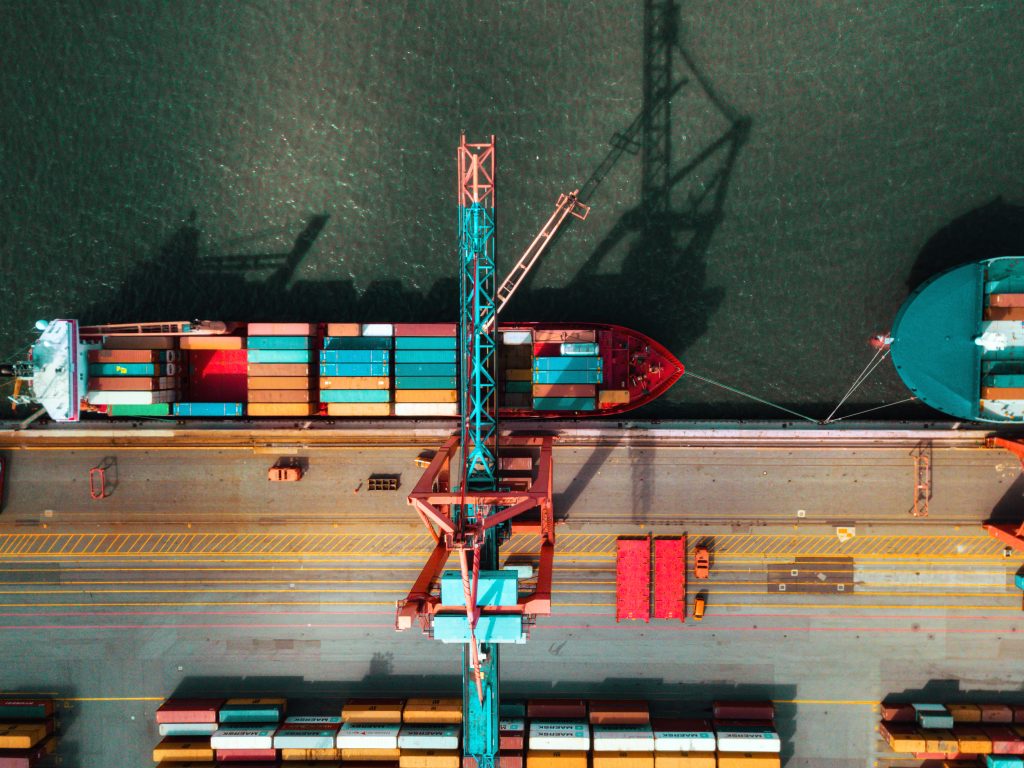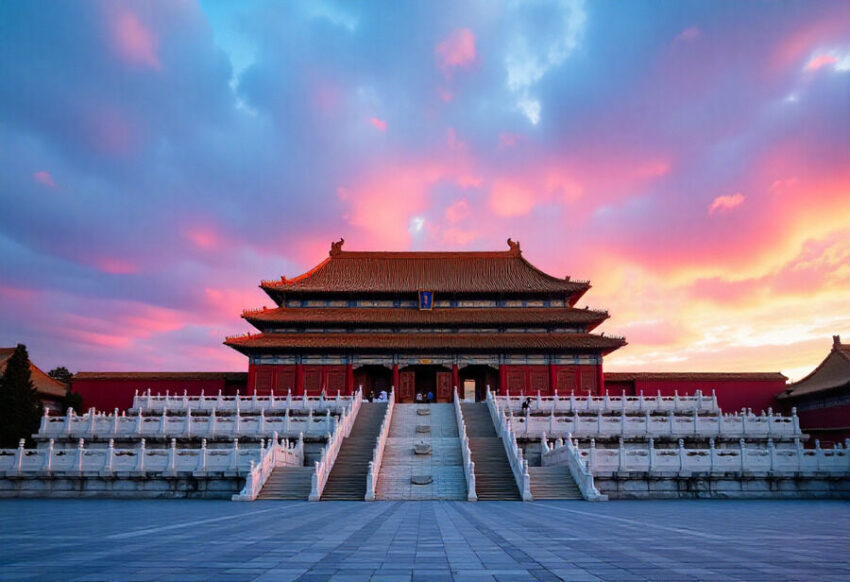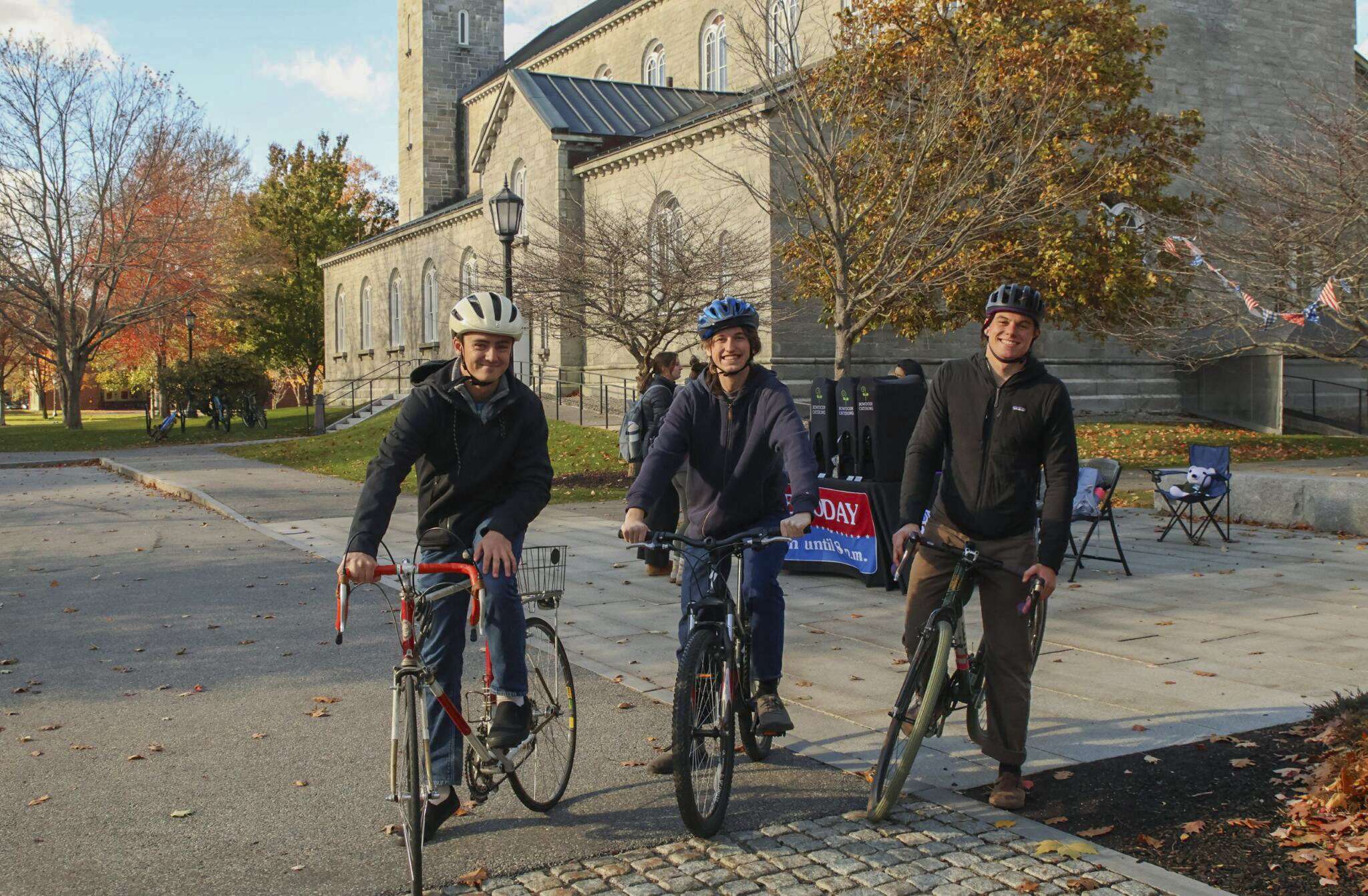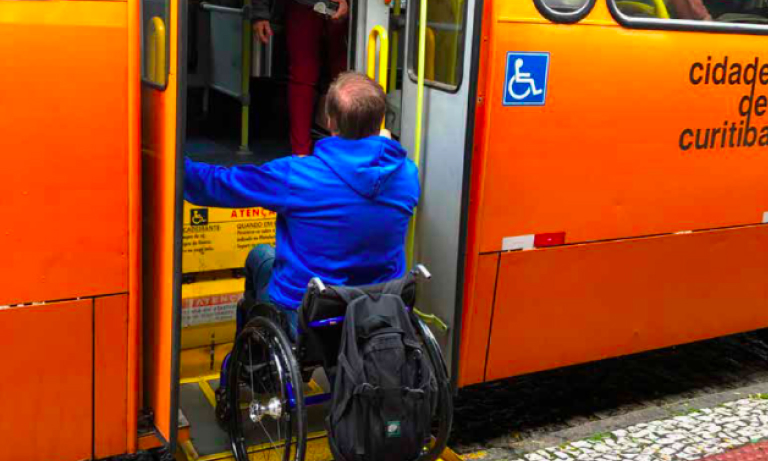Sfax Light Rail: A Blueprint for Impact-Driven Infrastructure Investment in Africa – AInvest

Project Analysis: Sfax Light Rail and Sustainable Development
Introduction: Strategic Infrastructure for Urban Growth
The Sfax Light Rail project in Tunisia represents a critical infrastructure investment designed to address the challenges of rapid urbanization in Africa. The initiative serves as a strategic model for aligning transportation development with key United Nations Sustainable Development Goals (SDGs). As Africa’s urban population is projected to reach 60% by 2050, this project provides a framework for sustainable urban planning, economic inclusion, and climate action, making it a significant case study for impact-focused investment.
Core Alignment with Sustainable Development Goals (SDGs)
The Sfax Light Rail project is intrinsically linked to multiple SDGs, demonstrating a comprehensive approach to sustainable development. Its design, funding, and operational objectives directly contribute to global targets for infrastructure, urban living, climate, and social equity.
SDG 11: Sustainable Cities and Communities
The project is a direct response to the targets of SDG 11. By 2030, the integrated light rail and Bus Rapid Transit (BRT) system aims to provide the citizens of Sfax with access to a safe, affordable, accessible, and sustainable transport system. Key contributions include:
- A projected 40% reduction in traffic congestion, improving urban mobility and air quality.
- Integration of 12 park-and-ride facilities and a multimodal hub to create a seamless public transport network.
- Support for the city’s Grand Sfax 2030 strategy, ensuring urban development is managed sustainably as the population grows from 500,000 to a projected 750,000.
SDG 9: Industry, Innovation, and Infrastructure
The development of a modern light rail system exemplifies the goal of building resilient, sustainable, and quality infrastructure. The project’s phased implementation, beginning with 11 kilometers of light rail and 30 kilometers of BRT corridors, showcases an innovative and adaptable approach to infrastructure deployment that minimizes initial capital risk while scaling with urban growth.
SDG 13: Climate Action
A central objective of the Sfax Light Rail is to mitigate the environmental impact of urbanization. The project directly supports SDG 13 by integrating climate change measures into its core strategy, with a specific target of reducing carbon emissions by 15% by 2030.
SDG 5 & SDG 8: Gender Equality and Decent Work
The project incorporates explicit social targets that advance both gender equality and inclusive economic growth. These commitments align with SDG 5 and SDG 8 by:
- Reserving 30% of construction roles for women, promoting female participation in a traditionally male-dominated sector.
- Allocating 50% of permanent operational jobs to youth, addressing youth unemployment and fostering decent work opportunities.
SDG 17: Partnerships for the Goals
The project’s funding structure is a model for the multi-stakeholder partnerships required by SDG 17. It combines financing from the Tunisian government, private sector entities, and international development banks, including a $218 million contribution from the European Investment Bank (EIB) and technical assistance from the African Development Bank (AfDB). This public-private partnership (PPP) model is essential for mobilizing the capital needed for large-scale infrastructure in emerging markets.
Strategic Implications for Impact Investment
Investment Framework and Opportunities
The Sfax Light Rail project offers a clear blueprint for impact investors seeking to finance infrastructure that generates both financial returns and measurable societal benefits. The following strategic considerations are paramount:
- Leverage Public-Private Partnership (PPP) Models: The Sfax project demonstrates that PPPs effectively mitigate fiscal risk for governments while leveraging private sector efficiency. Investors should prioritize opportunities in regions with established legal and financial frameworks supporting such partnerships.
- Prioritize Projects with Multilateral Backing: The involvement of institutions like the EIB and AfDB provides a layer of security, signaling that a project has undergone rigorous due to diligence and adheres to international environmental, social, and governance (ESG) standards.
- Align with National and Regional Development Agendas: The project’s integration with Tunisia’s National Transport Master Plan 2040 and the African Union’s Agenda 2063 enhances its long-term viability and impact. Investments in projects that address systemic challenges identified in national and continental strategies are more likely to succeed and deliver sustained returns.
Conclusion: A Replicable Blueprint for Africa
The Sfax Light Rail initiative is more than a transportation project; it is a comprehensive development model for Africa’s growing cities. By systematically addressing key SDGs related to infrastructure, climate change, social equity, and partnerships, it establishes a replicable and scalable blueprint. For impact investors, it highlights the significant opportunity to finance the next generation of green infrastructure that delivers sustainable economic growth and transformative social progress across the continent.
SDGs Addressed in the Article
SDG 11: Sustainable Cities and Communities
- The article focuses on the Sfax Light Rail project, a major urban infrastructure initiative designed to address the challenges of rapid urbanization in Tunisia’s second-largest city. It directly tackles issues of urban mobility, traffic congestion, and the environmental impact of city growth, which are central to SDG 11.
SDG 9: Industry, Innovation and Infrastructure
- The project is described as a “strategic infrastructure investment” aimed at creating a modern, sustainable, and resilient transportation network. The development of a light rail and Bus Rapid Transit (BRT) system is a clear example of building the kind of infrastructure promoted by SDG 9.
SDG 13: Climate Action
- A key objective of the Sfax project is to “reduce carbon emissions by 15%.” This directly contributes to climate change mitigation efforts by providing a lower-emission alternative to private vehicles, aligning with the goals of SDG 13.
SDG 8: Decent Work and Economic Growth
- The article highlights the project’s role in job creation, specifically mentioning a commitment to reserve “50% of permanent jobs for youth.” This focus on employment, particularly for young people, supports the objectives of inclusive economic growth outlined in SDG 8.
SDG 5: Gender Equality
- The project includes a specific social equity goal of “reserving 30% of construction roles for women.” This initiative to ensure women’s participation in a traditionally male-dominated sector is a direct contribution to SDG 5.
SDG 17: Partnerships for the Goals
- The article details the project’s funding model, which is a “blend of Tunisian government loans, private-sector financing, and international support from the European Investment Bank (EIB) and African Development Bank (AfDB).” This public-private partnership (PPP) model exemplifies the multi-stakeholder collaboration essential for achieving the SDGs, as highlighted in SDG 17.
Specific SDG Targets Identified
Target 11.2: Provide access to safe, affordable, accessible and sustainable transport systems for all
- The Sfax Light Rail project, with its planned “11 kilometers of light rail (T1 and T2 lines) and 30 kilometers of Bus Rapid Transit (BRT) corridors,” is explicitly designed to create a sustainable public transport system to serve a city population expected to grow to 750,000 by 2030.
Target 11.6: Reduce the adverse per capita environmental impact of cities
- The project has a stated goal to “reduce traffic congestion by 40% and carbon emissions by 15%,” directly addressing the negative environmental impacts of urban sprawl and vehicle-dependent transportation.
Target 9.1: Develop quality, reliable, sustainable and resilient infrastructure
- The entire Sfax Light Rail project is an effort to develop sustainable and resilient infrastructure to support economic development and human well-being in the face of accelerating urbanization.
Target 13.2: Integrate climate change measures into national policies, strategies and planning
- The project’s alignment with “Tunisia’s National Transport Master Plan 2040” and its explicit goal of reducing emissions demonstrate the integration of climate action into national and urban planning.
Target 8.6: Substantially reduce the proportion of youth not in employment, education or training
- The commitment to reserve “50% of permanent jobs for youth” directly addresses this target by creating employment opportunities for young people.
Target 5.5: Ensure women’s full and effective participation and equal opportunities for leadership in political, economic and public life
- The policy of “reserving 30% of construction roles for women” is a concrete measure to enhance women’s participation in the economic life of the community.
Target 17.17: Encourage and promote effective public, public-private and civil society partnerships
- The project’s financing structure, involving the Tunisian government, private investors, the EIB, and the AfDB, is presented as a model “public-private partnerships (PPPs) critical to scaling infrastructure in emerging markets.”
Indicators for Measuring Progress
Indicators for Targets 11.2 and 11.6
- Percentage reduction in traffic congestion: The article states a target of a “40%” reduction.
- Percentage reduction in carbon emissions: The article specifies a goal of a “15%” reduction.
- Length of public transport network: The project aims to build “11 kilometers of light rail” and “30 kilometers of Bus Rapid Transit (BRT) corridors.”
Indicators for Targets 8.6 and 5.5
- Proportion of jobs allocated to youth: The article implies an indicator by stating a commitment to allocate “50% of permanent jobs for youth.”
- Proportion of jobs allocated to women: The article mentions a target of “30% of construction roles for women.”
Indicator for Target 17.17
- Financial contribution from international partners: The article provides a specific figure, “The EIB’s $218 million contribution to Phase 1,” which serves as an indicator of the scale and reality of the partnership.
Summary Table of SDGs, Targets, and Indicators
| SDGs | Targets | Indicators |
|---|---|---|
| SDG 11: Sustainable Cities and Communities | 11.2: Provide access to sustainable transport systems. 11.6: Reduce the adverse environmental impact of cities. |
– 40% reduction in traffic congestion. – 15% reduction in carbon emissions. – 11 km of light rail and 30 km of BRT corridors. |
| SDG 9: Industry, Innovation and Infrastructure | 9.1: Develop quality, reliable, sustainable and resilient infrastructure. | – Development of a light rail, BRT, park-and-ride lots, and a multimodal hub. |
| SDG 13: Climate Action | 13.2: Integrate climate change measures into national policies and planning. | – Alignment with Tunisia’s National Transport Master Plan 2040 with a goal to reduce emissions. |
| SDG 8: Decent Work and Economic Growth | 8.6: Reduce the proportion of youth not in employment. | – 50% of permanent jobs reserved for youth. |
| SDG 5: Gender Equality | 5.5: Ensure women’s full and effective participation in economic life. | – 30% of construction roles reserved for women. |
| SDG 17: Partnerships for the Goals | 17.17: Encourage and promote effective public-private partnerships. | – Project funding from the Tunisian government, private sector, EIB ($218 million), and AfDB. |
Source: ainvest.com

What is Your Reaction?
 Like
0
Like
0
 Dislike
0
Dislike
0
 Love
0
Love
0
 Funny
0
Funny
0
 Angry
0
Angry
0
 Sad
0
Sad
0
 Wow
0
Wow
0




































![Lancaster homeowner’s energy-efficient renovation sparks clash over historic preservation [Lancaster Watchdog] – LancasterOnline](https://bloximages.newyork1.vip.townnews.com/lancasteronline.com/content/tncms/assets/v3/editorial/9/ed/9ed03d32-c902-44d2-a461-78ad888eec38/69050b156baeb.image.png?resize=150,75#)










































